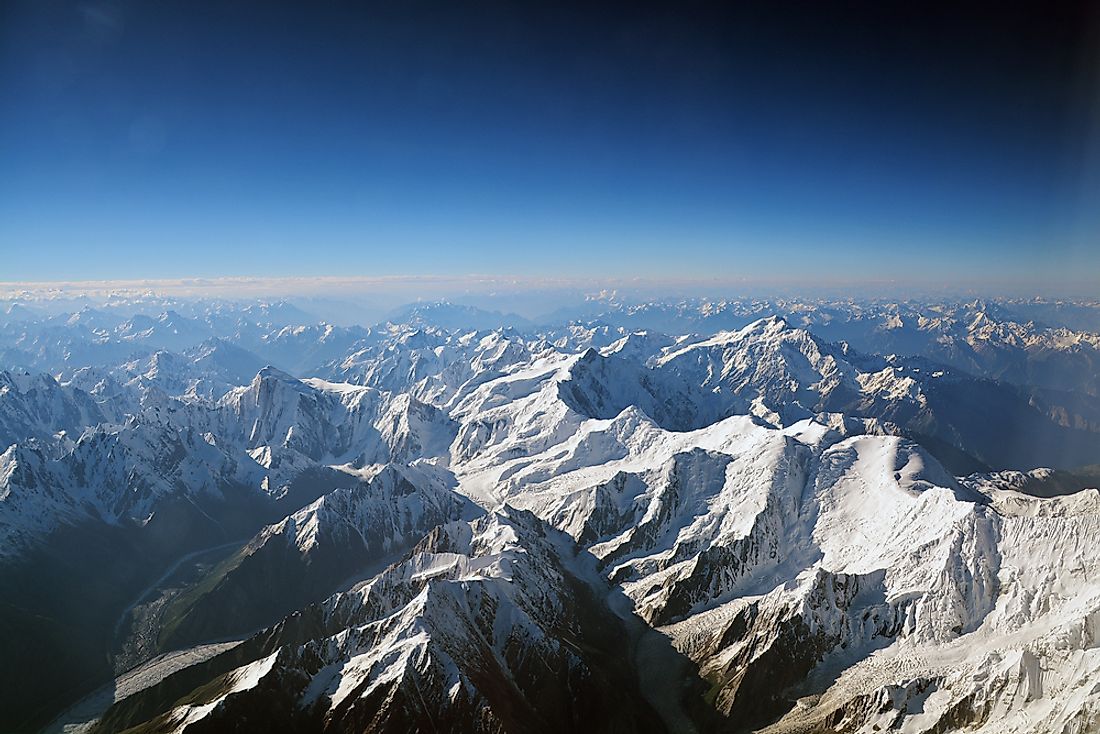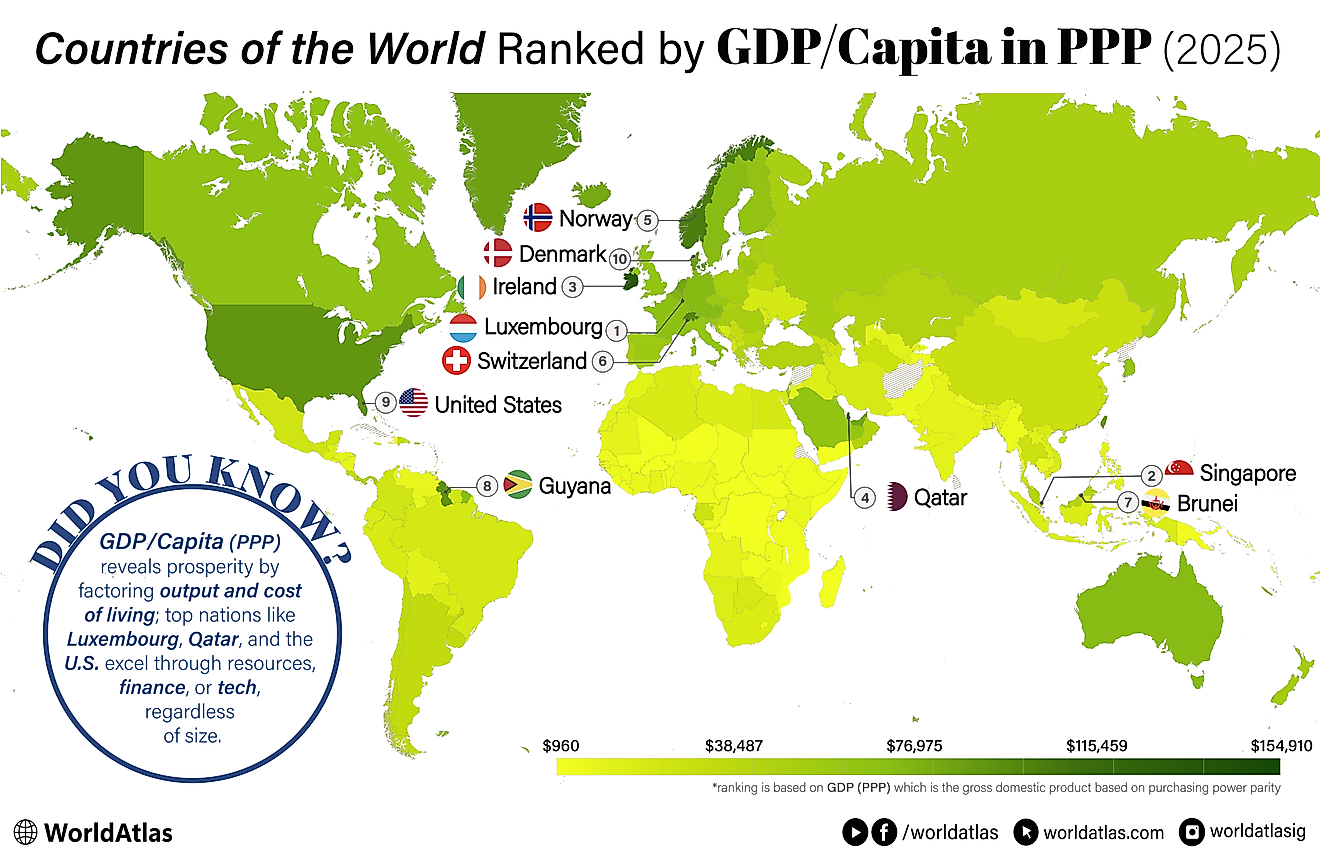What Are The Natural Resources Of Nepal?

Officially known as the Federal Democratic Republic of Nepal, Nepal is a country that is located in South Asia. The landlocked country lies mostly in the Himalayas although parts of it also lie in the Indo-Gangetic Plain. The nation has an area of about 56,827 square miles, which makes it the 93rd largest country in the world in terms of size. Regarding population, Nepal is the 48th largest nation in the world with a population of around 26.4 million people. The country is bordered by China, India, and Bangladesh. The nation’s capital city is Kathmandu, which is also the largest city.
Unfortunately, Nepal is among the least developed states in the world due to lack of any significant resources as well as a poor transport network. Another fact that contributes to this low level of development is the landlocked nature of the country. For this reason, the country mostly relies on imports in a wide range of things such as fuel, consumer goods, construction materials, metals, and other things. The few resources in the country include precious minerals and metals (such as iron ore, copper, magnesite, and others), water resources for hydroelectric power, agricultural land, and forests.
Minerals
Most of the terrain in the country, about 80%, is hilly. However, research into the country’s hilly terrain has shown that there are a few deposits of metallic, non–metallic minerals, fuel minerals, and decorative minerals. These minerals include the likes of gold, limestone, mica, iron ore, copper, and others. While there are suspected oil deposits in places such as Pyuthan, Nepalgunj, and Dailekh, there have been no confirmations on the matter. Natural gas deposits are suspected to be in places like Mustang, the Kathmandu Valley, and a few other districts.
Limestone is mined in places such as Surkhet, Hetauda, and Chovar and has always been used to produce cement in the country. Another mineral, magnesium, is mined in a number of places such as at the Kampughat mine. Despite the few mineral resources, the mine at Kampughat in the Sagarmatha Zone has deposits of about 20 million tons of ore, of which 30% is magnesium. These deposits make Nepal one of the leading global producers of magnesium.
A lack of modern technology and equally skilled labor means that the country has been unable to produce these minerals at maximum levels. Should the government make the proper investments, then the sector has the potential of creating new industries as well as create new employment opportunities. In addition, the government regulations are a discouraging factor to multinational companies wishing to invest in the sector.
Agricultural Land
Nepal is divided into three portions namely Terai, Hilly, and Himalayan. The majority of the population in Nepal is poor and still depends on farming agriculture for sustenance. Of the total area of Nepal, about 17% is suitable for agriculture, which is mostly in Terai and Hilly. Rocky land covers about 38% of the country, which is mostly in Himalayan. In addition, the area around Himalayan has mountains that are covered by snow, which further makes that section unsuitable for agriculture.
Of the two arable sections, Terai is more suitable for farming due to higher levels of fertility. For this reason, this area is sometimes known as the Green Belt of Nepal. Most of the agricultural products produced by the country come from the belt and are then exported to the other two sections of Nepal. The farmers there cultivate a number of plants including wheat, rice, oilseed, sugarcane, paddy, jute, tobacco, maize, coconuts, and many other plants. Hilly regions are also used for some agricultural activities such as the production of rice, wheat, potatoes, maize, paddy, and a few other things. After supplying the other regions, Nepal usually has little left for exportation although some products such as rice are exported to other countries.
Forest Cover
This natural resource covers a huge part (about 25.4%) of Nepal. The forest cover is classified into three types namely protected, production, and conserved forests. Forests serve several purposes such as the production of firewood as well as timber for industrial purposes. Industrial uses of trees include industries such as paper, timber, and furniture. Industries that deal with wood include the government-owned Timber Corporation of Nepal and a few others. Other people also depend on the forests to extract medicinal herbs. In addition to all of these benefits, the forest provides a habitat for animals and birds.
Revenue generation from the forests is realized in a number of ways. For example, Nepal exports its timber products to several countries although the main export destination is the nearby India. Tourism is also a source of revenue as visitors from all around the world go to Nepal for the scenery. In the hilly areas, forest cover has been helping in preventing the erosion of precious arable land. Unfortunately, deforestation is still a major problem, which is why temperatures are increasing while agricultural yields are going down.
Water
Nepal is one of the richest countries in the world terms of water resources. In fact, only Brazil has more water. The fact that the country is leading in terms of water resources despite being landlocked shows just how much water it has. The water in Nepal comes from several sources including melting snow and mountains. Nepal has a number of major rivers including Karnali, Bhotekoshi, Koshi, Sunkoshi, Gandaki, and many more. Lakes in the country include Tilicho, Rara, and Phewa.
Primarily, water is used for a number of functions namely drinking and household use, irrigation projects, and generation of hydroelectricity. Interestingly, the abundance of these resources has done nothing to alleviate a water shortage in the capital city and other major settlements. In addition, the country’s maximum potential for the production of hydroelectricity has not been met. Estimates place the country’s potential for electricity production at a whopping 83,000 MW. Currently, the country can only produce a measly 600 MW. To improve the situation, Nepal is working on a number of projects including nine major power plants while considering another 27 sites for future exploration. In addition, the government has a number of projects such as the Melamchi water project to supply water to Kathmandu.











